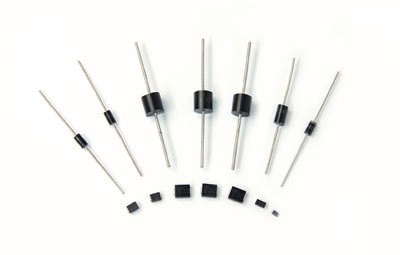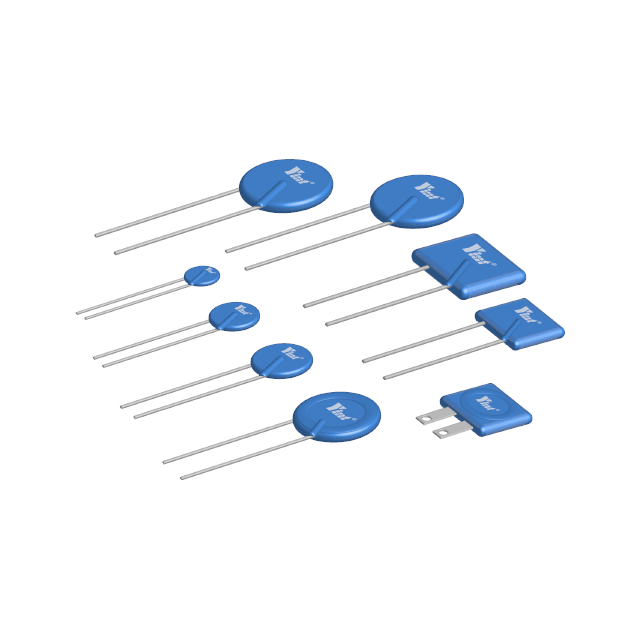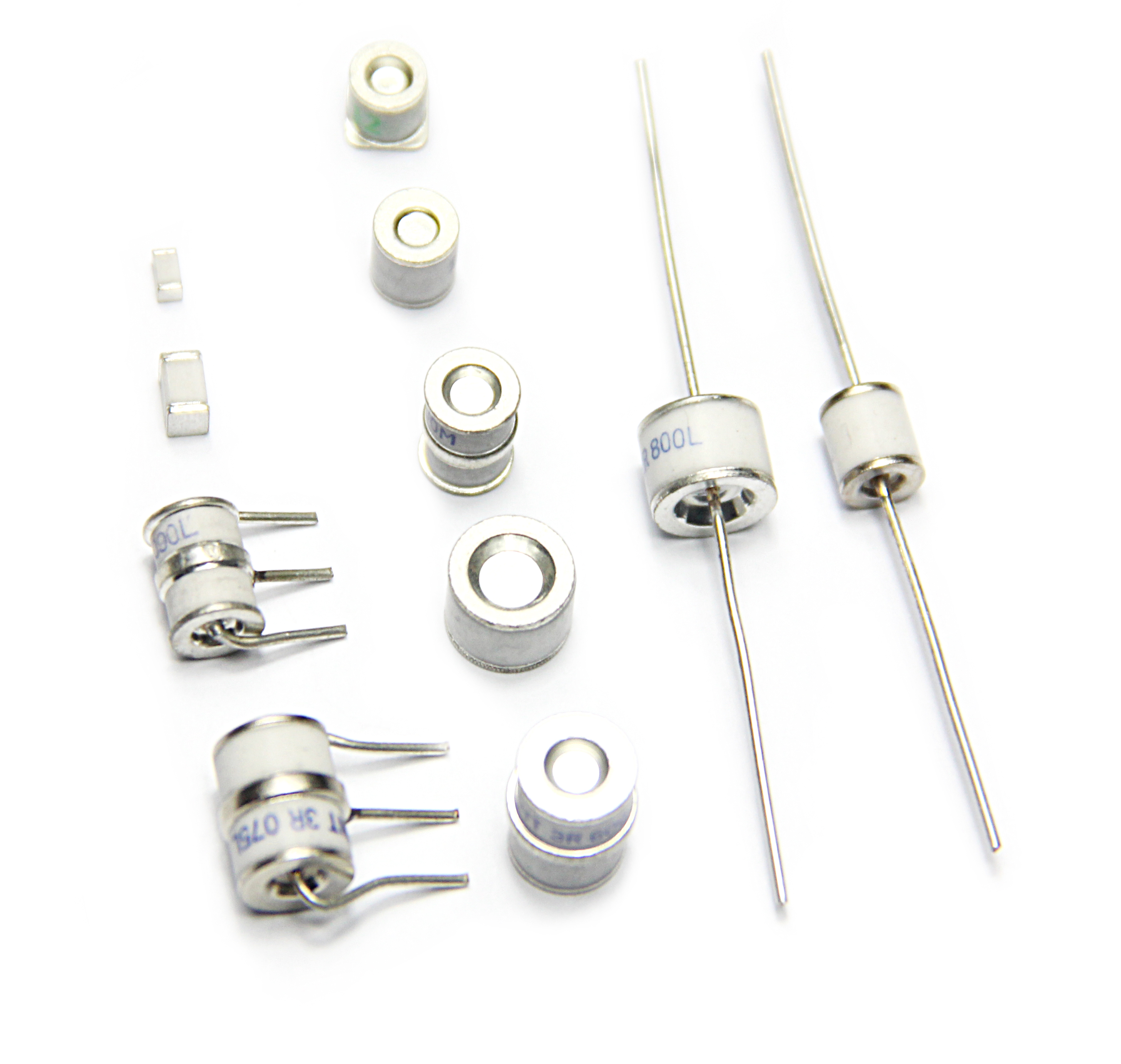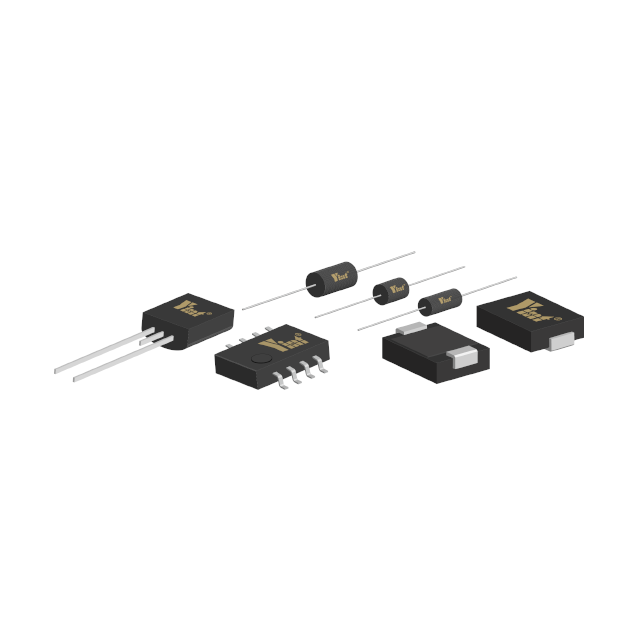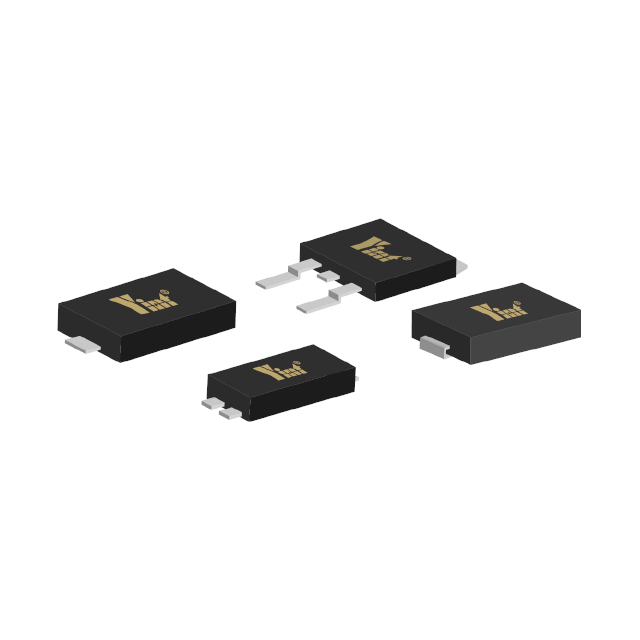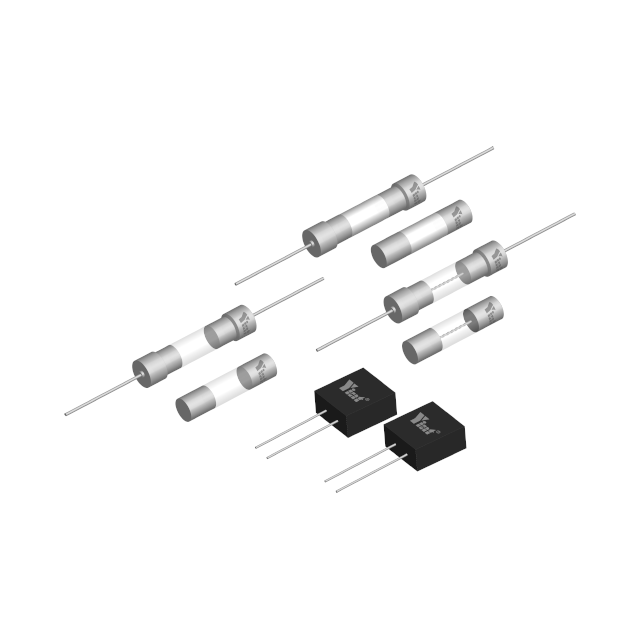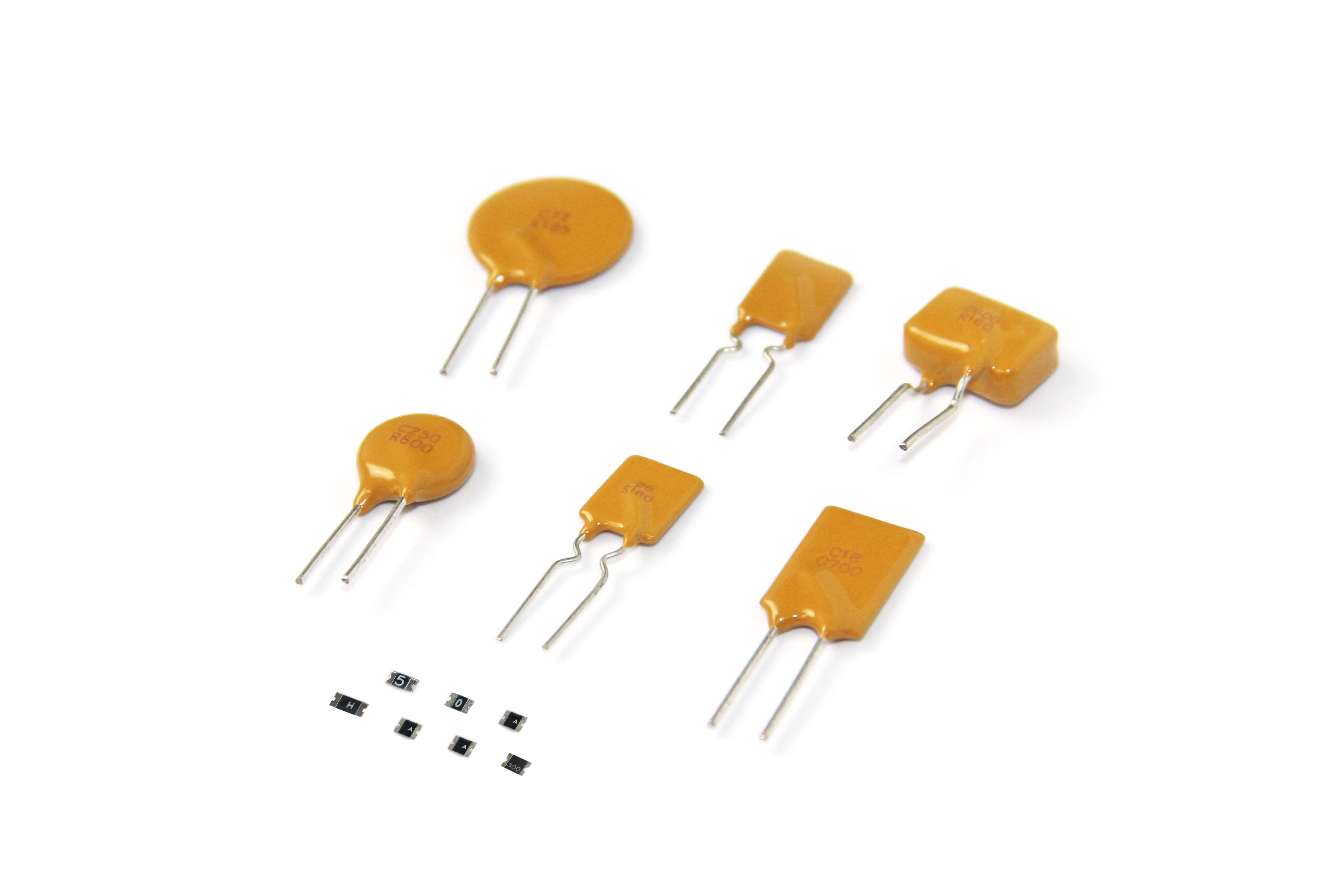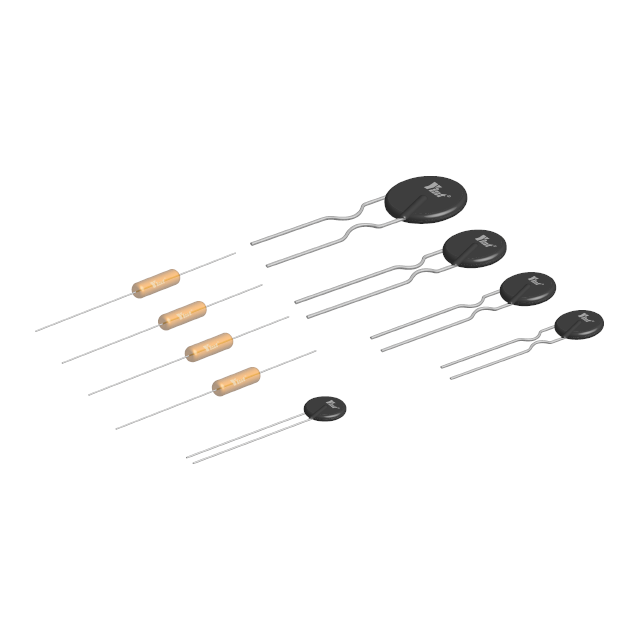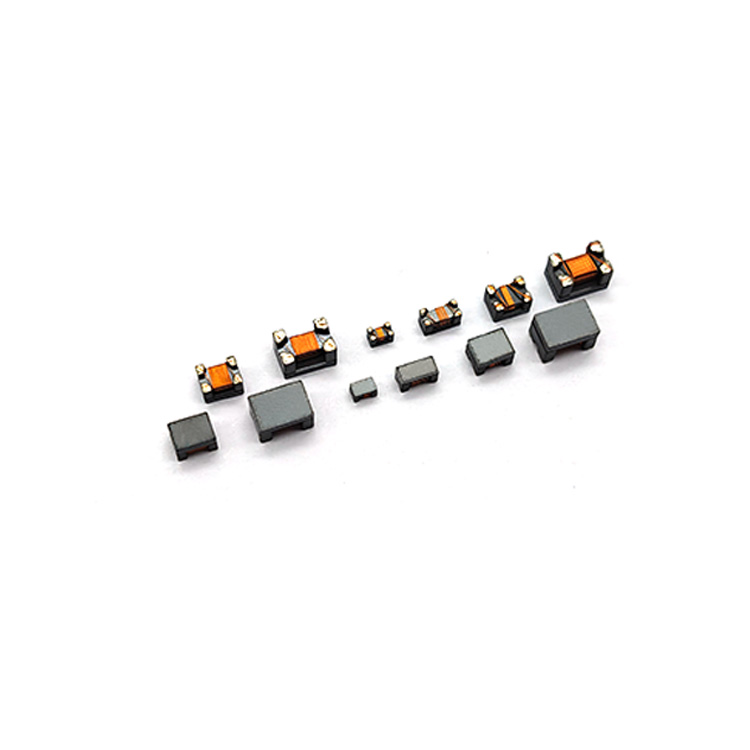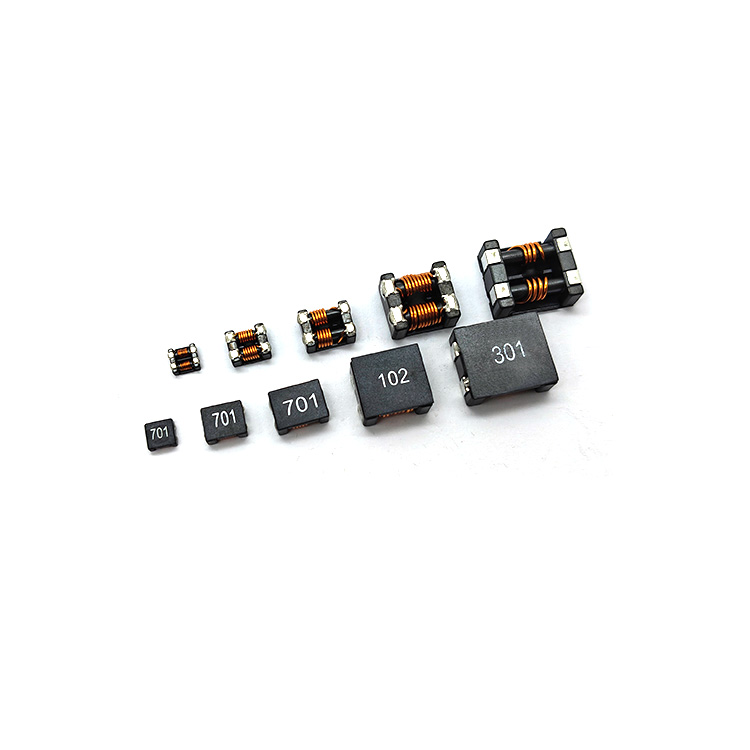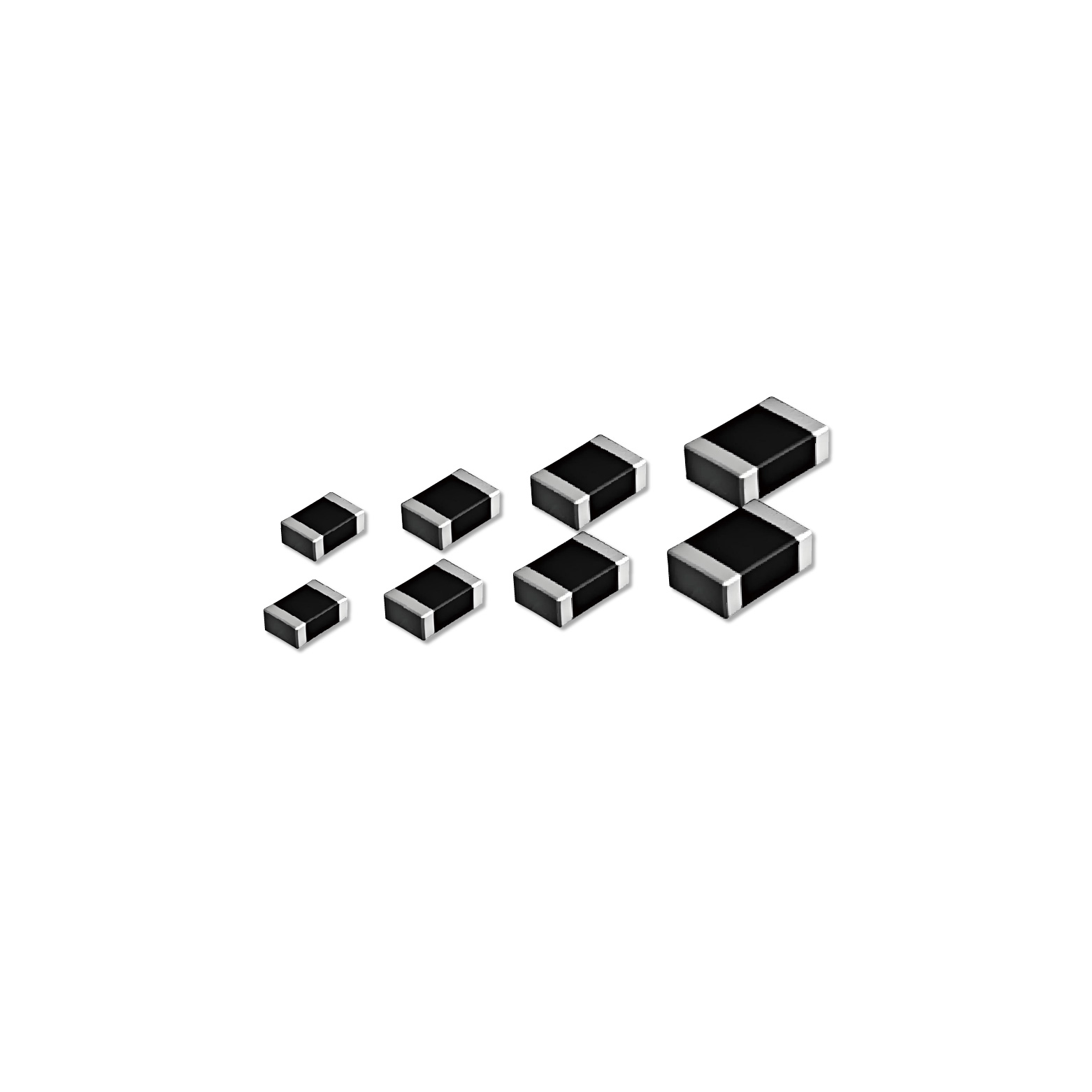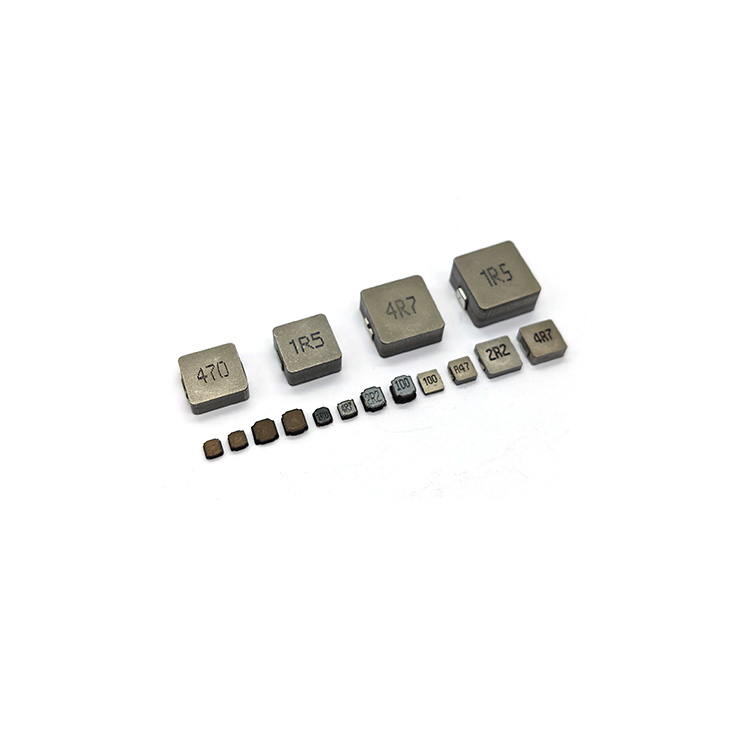With the growing popularity of electric vehicles (EVs) and the transition to more renewable energy sources, our dependence on fossil fuels that has existed for more than a century is decreasing. Electric companies are increasingly turning to solar panels and wind turbines (rather than natural gas turbines) to generate electricity to charge electric vehicles and power our homes and businesses. These trends bring us one step closer to a sustainable energy future.
These trends also pose huge challenges to the power grid. Different times of the day have different needs, and available solar and wind energy also changes with weather changes. Therefore, batteries become an important part of the electrical grid.
"Battery can fill in the gaps when it's cloudy and the winds are down," said Richard Zhang, a professor at Virginia Tech who teaches power electronics technology courses at the school and has worked in the grid and energy industry for 25 years. Off-peak charging, supplying electricity during peak hours, such as charging electric vehicles, therefore improves the economics of electricity.”
Energy storage systems, often in the form of batteries, can capture and store excess electricity from the grid when supply is high and demand is low, and then provide power at other times.
Placing energy storage systems at different locations on the grid can optimize its power distribution capabilities, that is, distributing large amounts of power to various communities anytime and anywhere. This could mean placing an energy storage system next to a solar panel farm, where it can absorb excess electricity during the day and then pump it back into the grid at night. Or placing the ESS within a community could more conveniently draw power from local rooftop solar panels and then provide additional power to charge nearby electric vehicles when needed. “Energy storage can serve as a local energy reservoir for a community,” says Samuel.
The core of the energy storage system is a high-voltage battery module, usually a lithium iron phosphate battery. If you charge or discharge too quickly, a lot of heat will be generated. The lifespan of these modules can also be shortened if completely exhausted too often. Monitoring the temperature and charge of these batteries requires extremely sophisticated semiconductors.
In addition to accurate battery monitoring, grid-scale energy storage systems, such as those integrated with solar panel farms, require efficient high-voltage power conversion technology to help reduce power losses in grid transmission and distribution. These systems also rely on sensing and isolation technology to help maintain system safety and stability, which is critical for managing power flow up to 1500V.
For the foreseeable future, innovation in battery energy storage systems will play a key role in transforming and protecting the grid amid changes brought about by solar, wind, and electric vehicle charging.

